
Lab-Made Butter Created From CO2 Tastes Like The Real Thing, Says Bill Gates
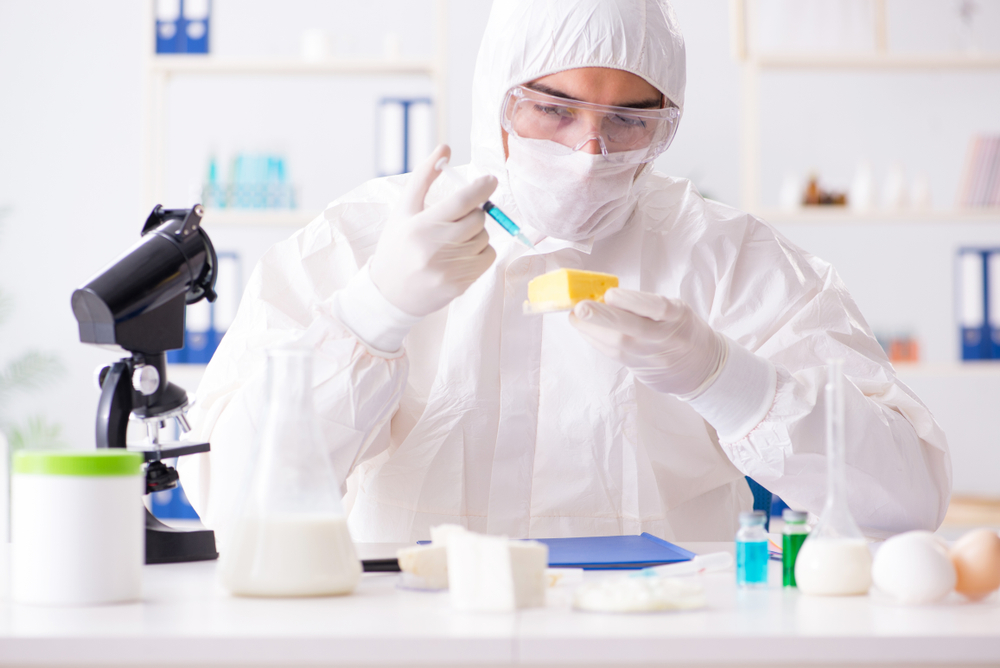
Butter From Air: How Carbon Capture Could Transform the Future of Food
What if the golden butter melting on your morning toast didn’t come from a cow at all, but from carbon dioxide captured straight out of the sky? That question sounds like science fiction—but it’s now a reality. A California startup called Savor, supported by Bill Gates, has unveiled a process that transforms CO₂, hydrogen, and oxygen into butter that tastes and cooks just like the real thing. Early tasters insist it is indistinguishable from dairy butter, and Gates himself has argued that the product doesn’t simply mimic butter—it is butter, only without the environmental toll of livestock farming.
This development arrives at a critical moment, as the global food system faces mounting scrutiny for its role in climate change. Livestock production contributes nearly 15% of worldwide greenhouse gas emissions, and butter—beloved for its richness in baking and cooking—happens to be one of the most carbon-intensive dairy products. Savor’s breakthrough promises something radical: the same taste and function, with a carbon footprint cut by two-thirds. If successful, it could reshape not only how we view butter but also how we define food itself.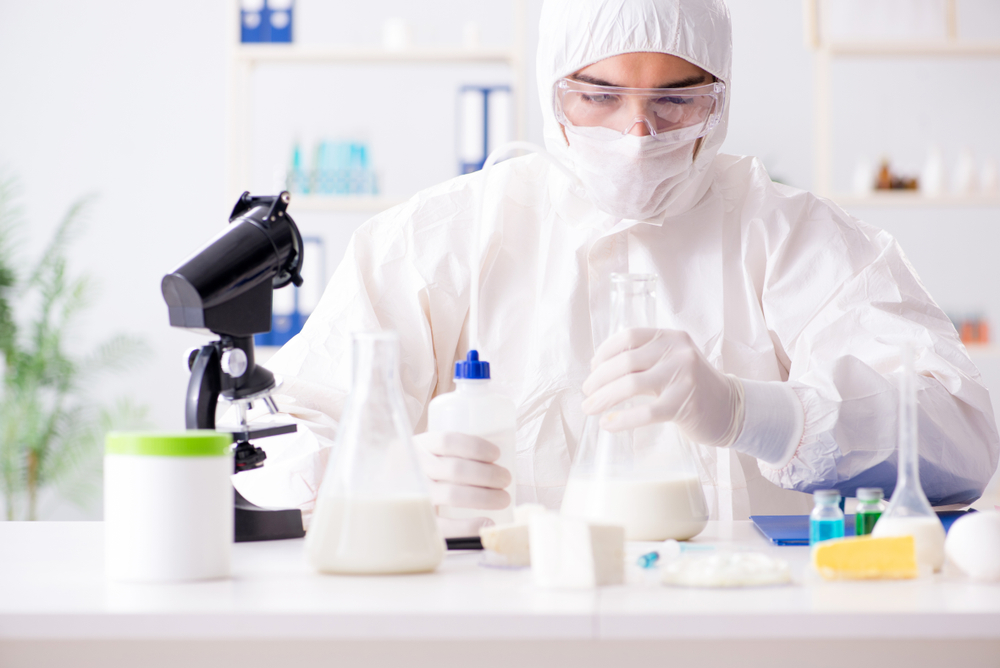
The Science of Air-Made Butter
Unlike plant-based substitutes that rely on vegetable oils and emulsifiers to approximate dairy, Savor’s process works at the molecular level. The company uses a thermochemical reaction that combines captured carbon dioxide with hydrogen and oxygen, producing fat molecules structurally identical to those in cow’s milk. This is not imitation butter. It browns, melts, and spreads exactly like dairy because it is chemically the same substance.
That distinction matters. While other dairy alternatives often fall short in performance—struggling to whip, flake, or emulsify properly—Savor’s product bridges the gap between simulation and authenticity. It marks a new frontier in food science: instead of imitating nature, it rebuilds it from the ground up.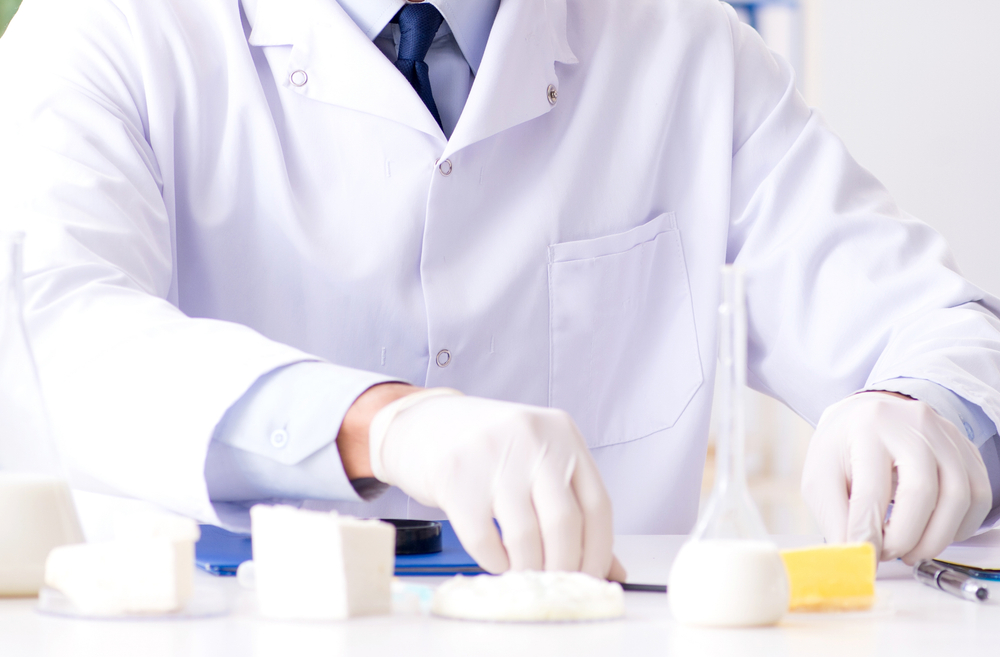
The Environmental Stakes
Conventional dairy farming is one of the most resource-hungry and polluting forms of agriculture. According to the United Nations FAO, livestock production accounts for about 14.5% of global emissions. Butter is especially problematic, with a climate footprint of roughly 2.4 grams of CO₂ equivalent per calorie. Savor’s “air butter,” by contrast, could drop that figure to under 0.8 grams per calorie—a nearly threefold reduction.
The environmental benefits extend beyond emissions. No farmland is required, no cows are fed, and virtually no water is used—less than a thousandth of what traditional dairy consumes. In regions already facing droughts, shrinking aquifers, and water scarcity, the potential impact is enormous. It represents a system where food production is decoupled from deforestation, fertilizer runoff, and methane release.
Bill Gates has emphasized these benefits in his public support. He acknowledges that the idea of eating fats made in a lab might initially seem strange, even unappetizing. But, he argues, if people can accept it, the payoff could be revolutionary: drastically lower emissions, preserved ecosystems, and a sustainable food supply that doesn’t compromise flavor.
Consumer Acceptance: The Real Test
Science and sustainability alone will not determine Savor’s success—consumer psychology will. Butter is more than an ingredient; it’s tied to family recipes, holiday baking, and cultural traditions. Convincing people to switch to a lab-made version may prove harder than developing the technology itself.
Savor is already preparing for structured taste trials, moving beyond small focus groups. The company claims its product is indistinguishable from dairy butter, but large-scale testing will reveal whether the public agrees. Taste is subjective, and even a tiny perception of “off-ness” could slow adoption.
There’s also the “ick factor.” Many consumers are wary of highly engineered or “unnatural” foods, even when they’re safe and sustainable. Plant-based meat brands like Beyond Meat and Impossible Foods faced similar skepticism but gained traction through clever branding and restaurant partnerships. Savor may need a similar strategy—positioning its butter not as synthetic but as authentic, only made with modern tools.
Innovation, Investment, and Regulation
Savor’s work is part of a much larger wave of food innovation. Over the past decade, startups have been racing to create alternatives to meat, milk, and seafood, driven by both consumer demand and climate necessity. What makes Savor unique is that it bypasses both plants and animals, building fats directly from air.
Bill Gates’s involvement brings credibility and visibility. His track record of investing in sustainable food startups has already accelerated the adoption of alternative proteins. For a company like Savor, such support not only provides capital but also helps attract talent, regulatory attention, and media coverage.
Regulation remains a looming hurdle. Before Savor’s butter can appear on grocery shelves, food safety authorities must evaluate and approve it. This process takes time and resources, often slowing down commercialization. Savor expects no sales before 2025, giving it space to refine both its technology and its narrative. But scaling up—making enough butter at a competitive price—will be the ultimate test.
Cultural Shifts and Generational Change
The question of acceptance ties into broader cultural shifts. Historically, food innovations that seemed radical at first—pasteurized milk, frozen dinners, industrial bread—eventually became everyday staples. Lab-made butter could follow the same trajectory, especially as climate pressures force societies to rethink what is “normal” in food.
Younger generations, already accustomed to oat milk and plant-based burgers, may be more open to embracing air butter. For them, sustainability is often part of their identity, and adopting new food technologies aligns with their values. Older consumers may resist, clinging to traditional foods, but acceptance could grow as chefs, food influencers, and restaurants introduce the product into the mainstream.
A Taste of the Future
Butter made from thin air might sound like a quirky experiment, but it points toward a deeper truth: the way we eat must evolve if we are to meet the challenges of climate change. Small changes—like rethinking how butter is made—can have outsized effects when multiplied across millions of households. Choosing lab-made butter could become a way for individuals to contribute to climate action not by giving up pleasure, but by adapting it.
At its core, this is not just a story about butter. It’s a story about the human capacity to innovate under pressure. Food has always been central to survival and culture, and while the methods may change, the essence—flavor, comfort, joy—remains. The real question is not if society will one day eat butter made from air, but when it will embrace the reality that the future of food is as much about saving the planet as it is about satisfying the palate.
News in the same category

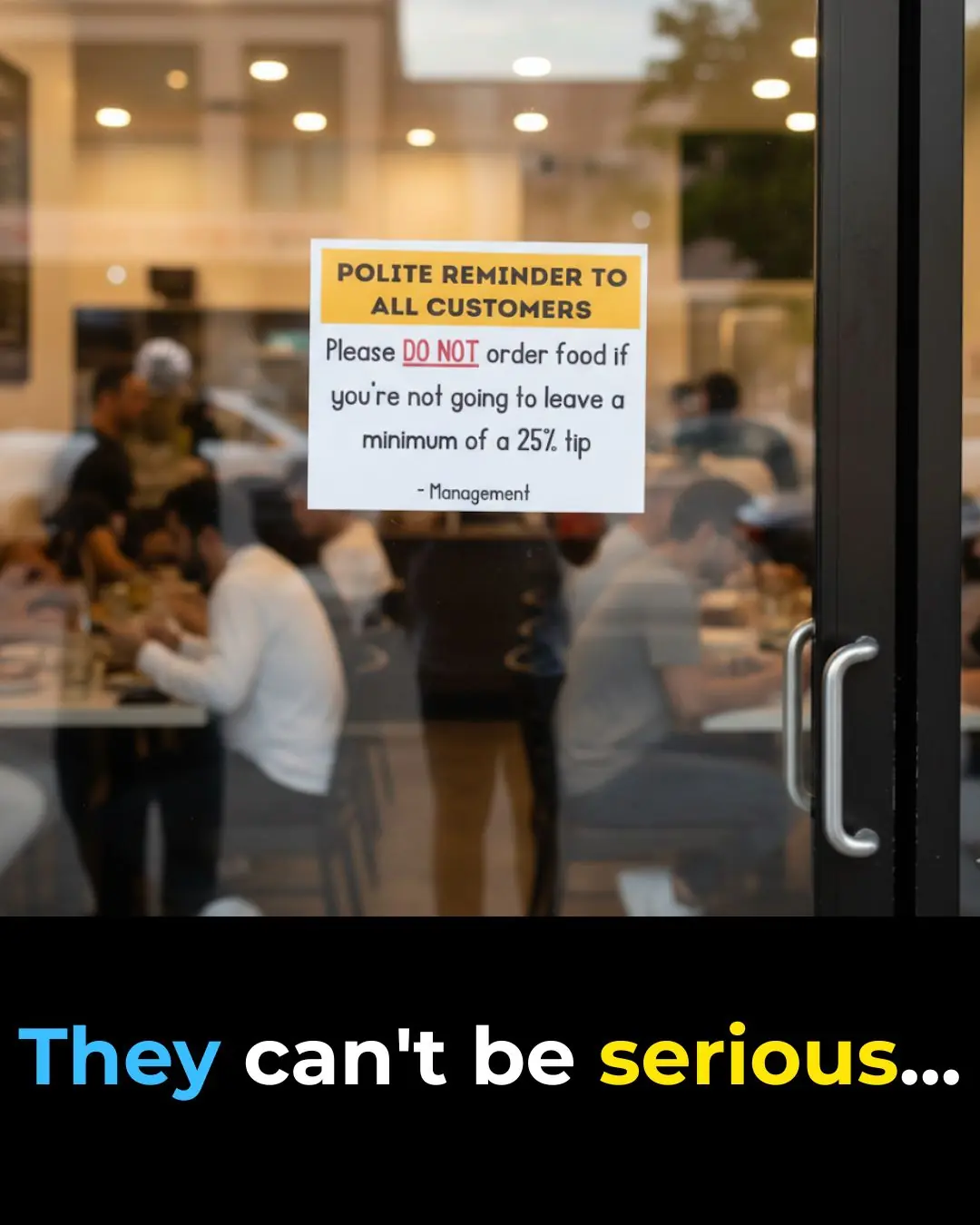
Man’s Refusal to Pay 25% Tip Ignites Debate on Tipping Culture
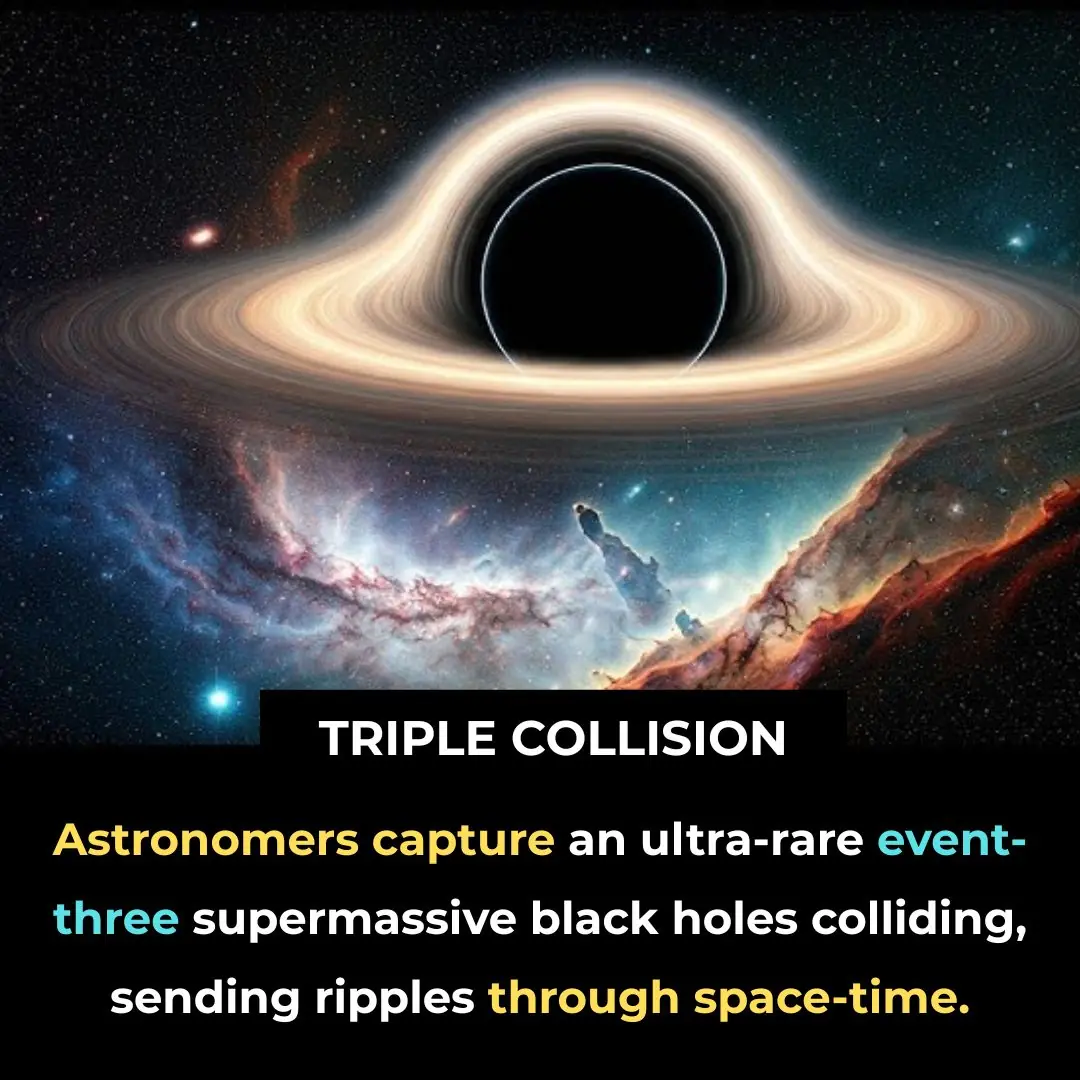
Universe Shaken: Rare Triple Black Hole Merger Sends Ripples Through Space-Time
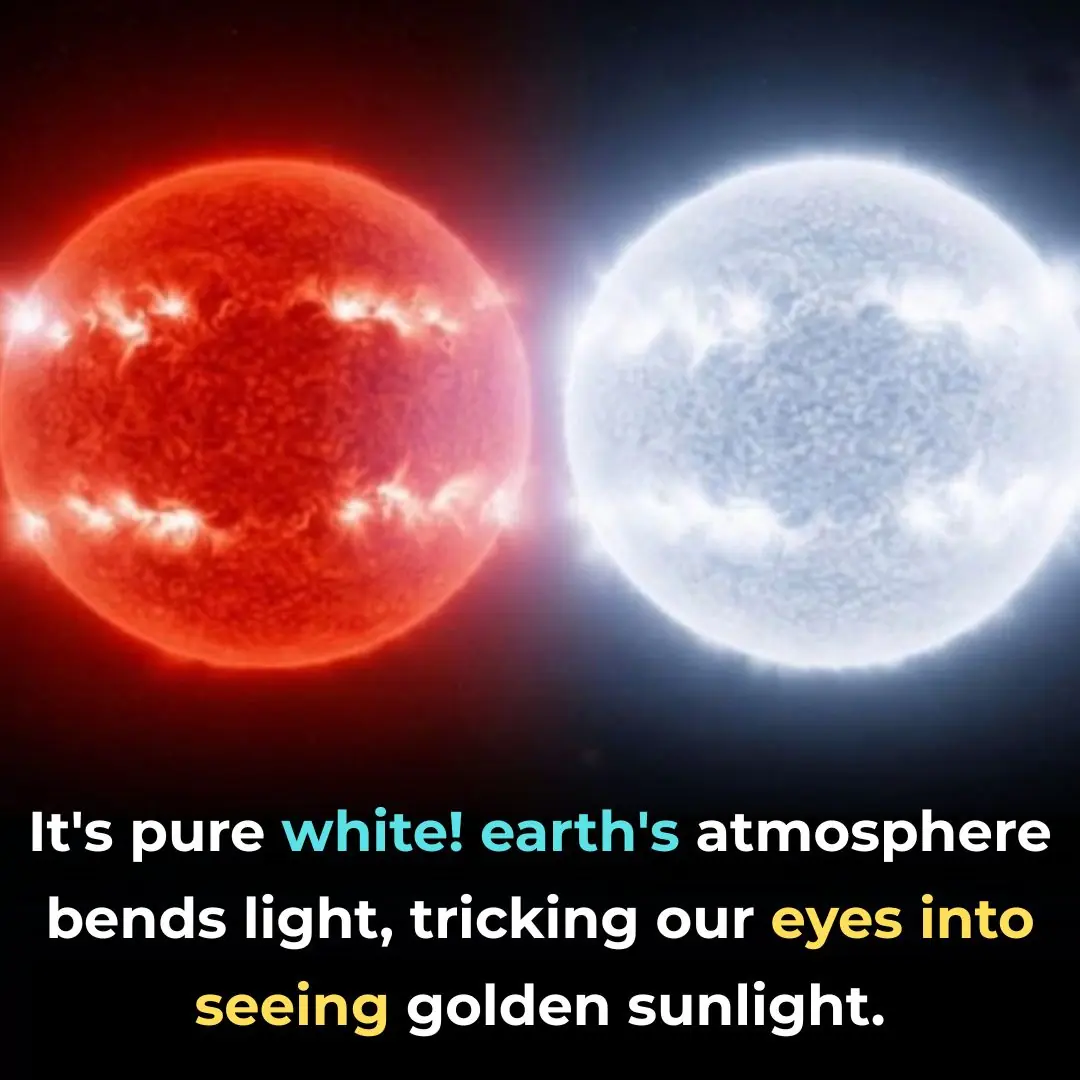
The Sun Isn’t Yellow—It’s Pure White
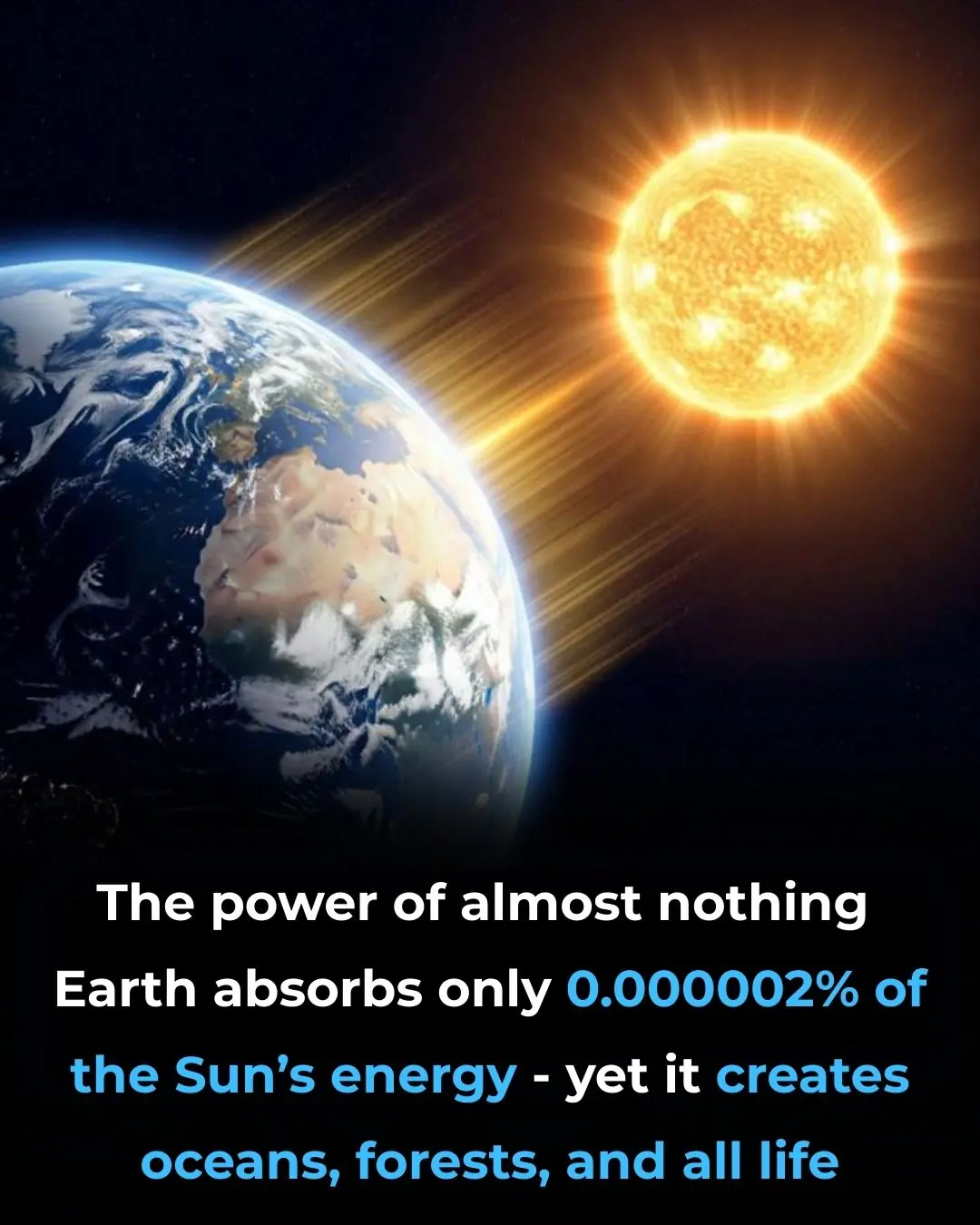
The Sun’s Power: Earth Lives on Just 0.000002%

iPhone users issue warning on what to do if you get the 'caution' icon on your device

PlayStation 6 leak suggests release date could be much sooner than expected
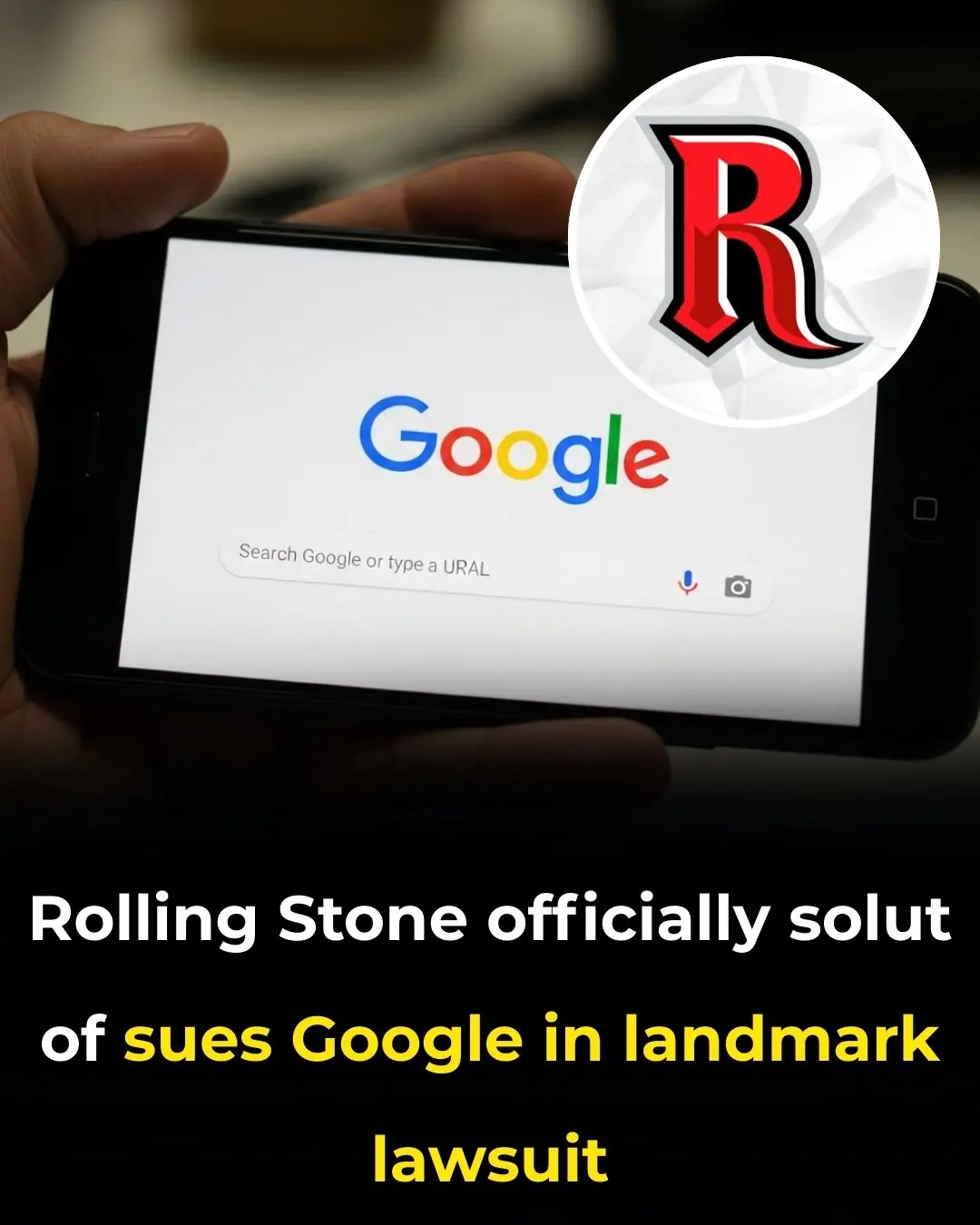
Rolling Stone sues Google over AI summaries in landmark lawsuit
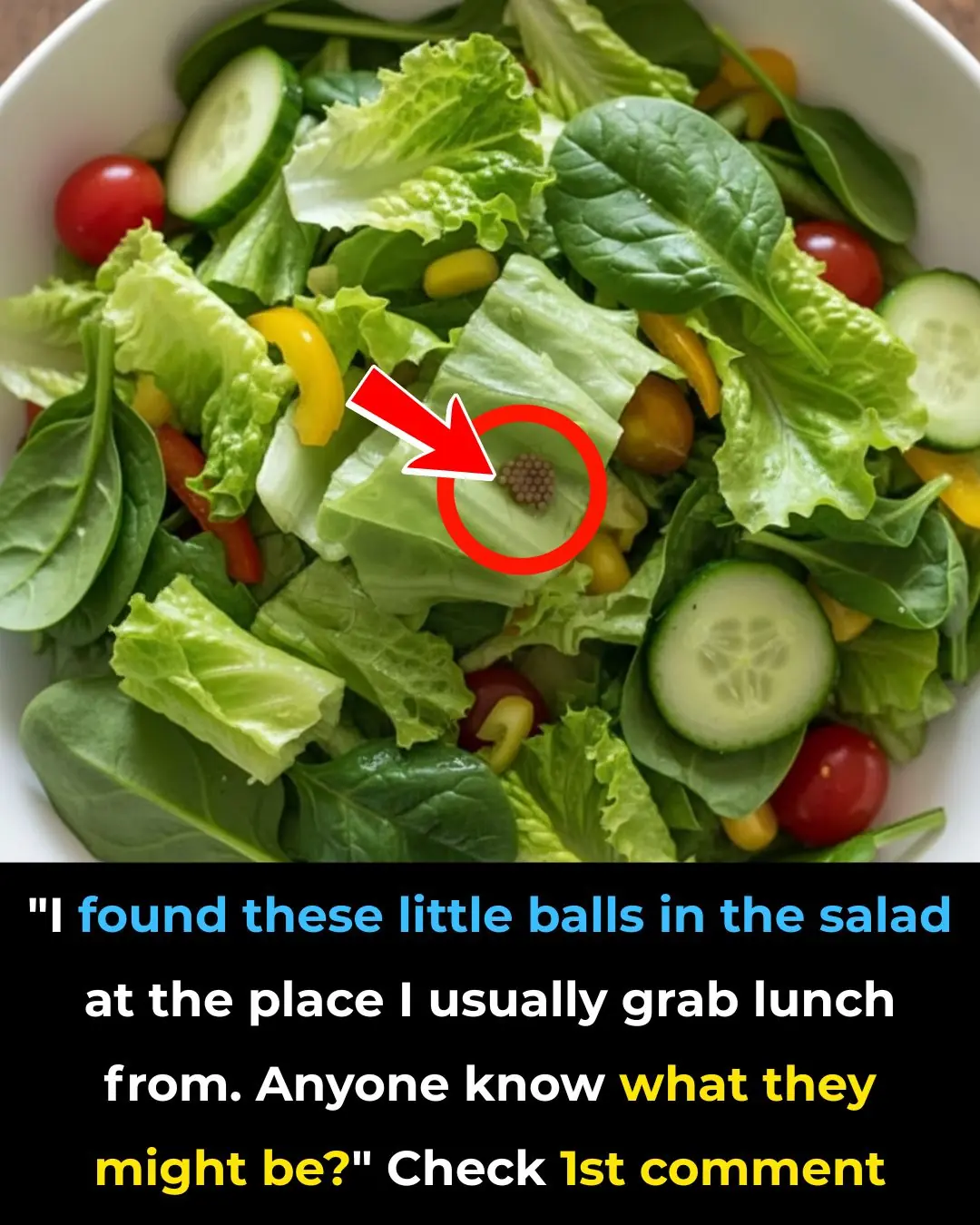
Tiny Brown Balls in Your Salad
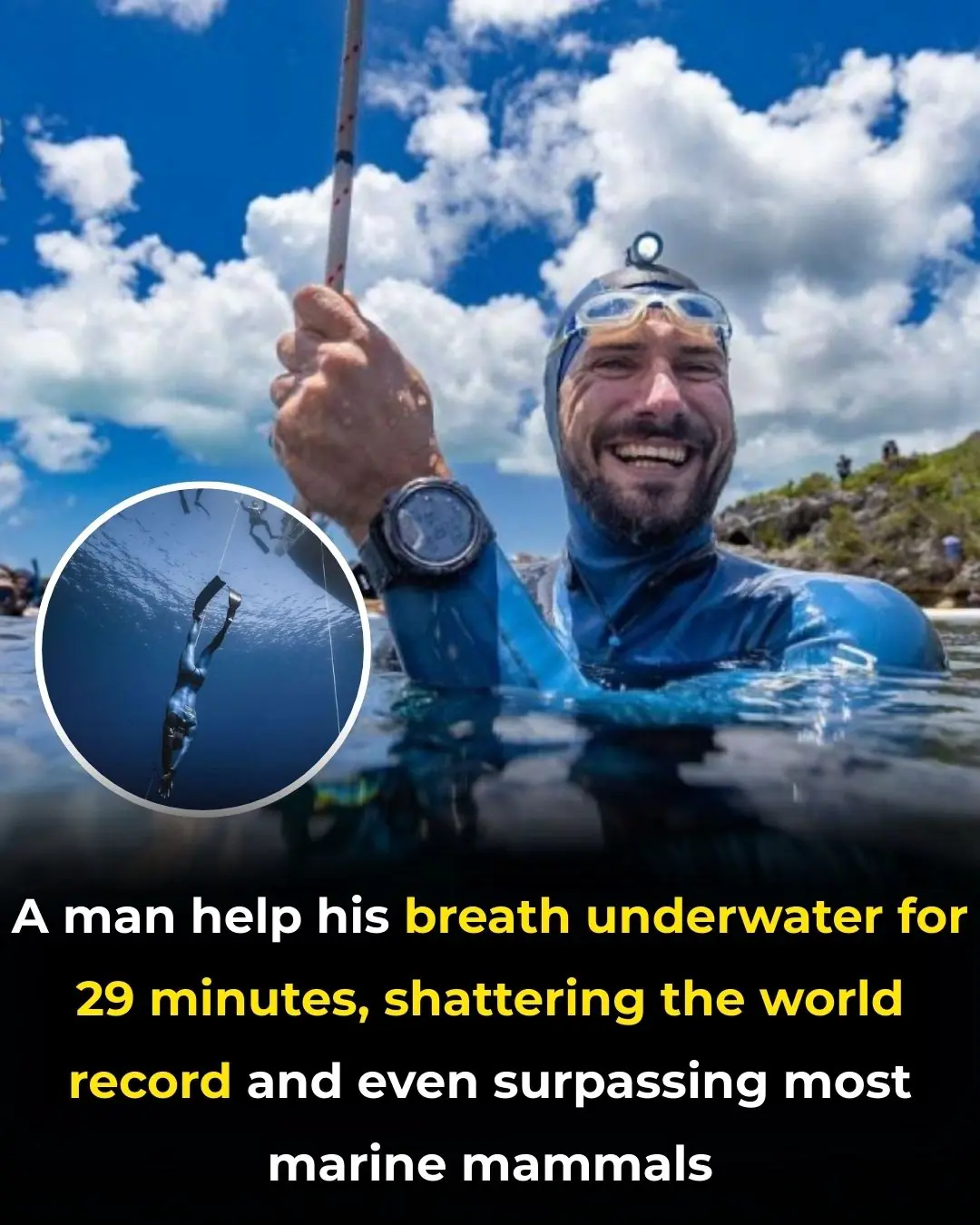
A Man Held His Breath Underwater for 29 Minutes, Shattering the World Record and Even Surpassing Most Marine Mammals

Everywhere Cannabis Could Be Legalised in US as Trump Considers Major Law Change

Should You Peel Ginger Before Eating? The Shocking Truth Everyone Needs to Know
he peel is not harmful; in fact, it carries unique benefits. By using ginger correctly and storing it properly, you can unlock its full potential for boosting immunity, improving circulation, and keeping your

Meteorite That Recently Fell in Somalia Turns Out to Contain Two Minerals Never Before Seen on Earth

A Touch of Viking Brilliance: Moss-Carpeted Homes in Norway

What Millions of Years Look Like in One Photo (Well, Not Exactly)

NASA Has Just Released 2,540 Gorgeous New Photos of Mars
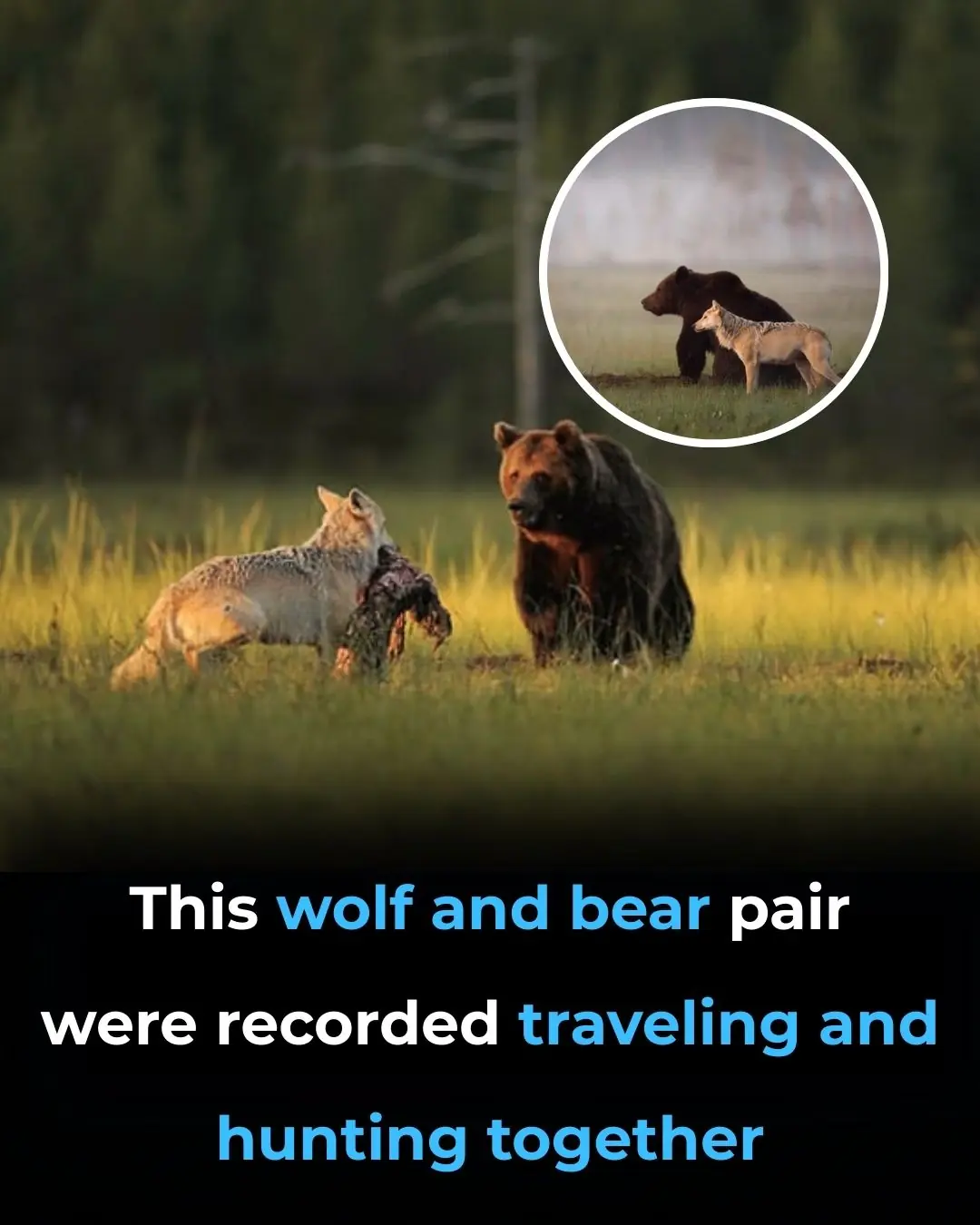
Friendship Between Wolf And Bear Documented By A Photographer
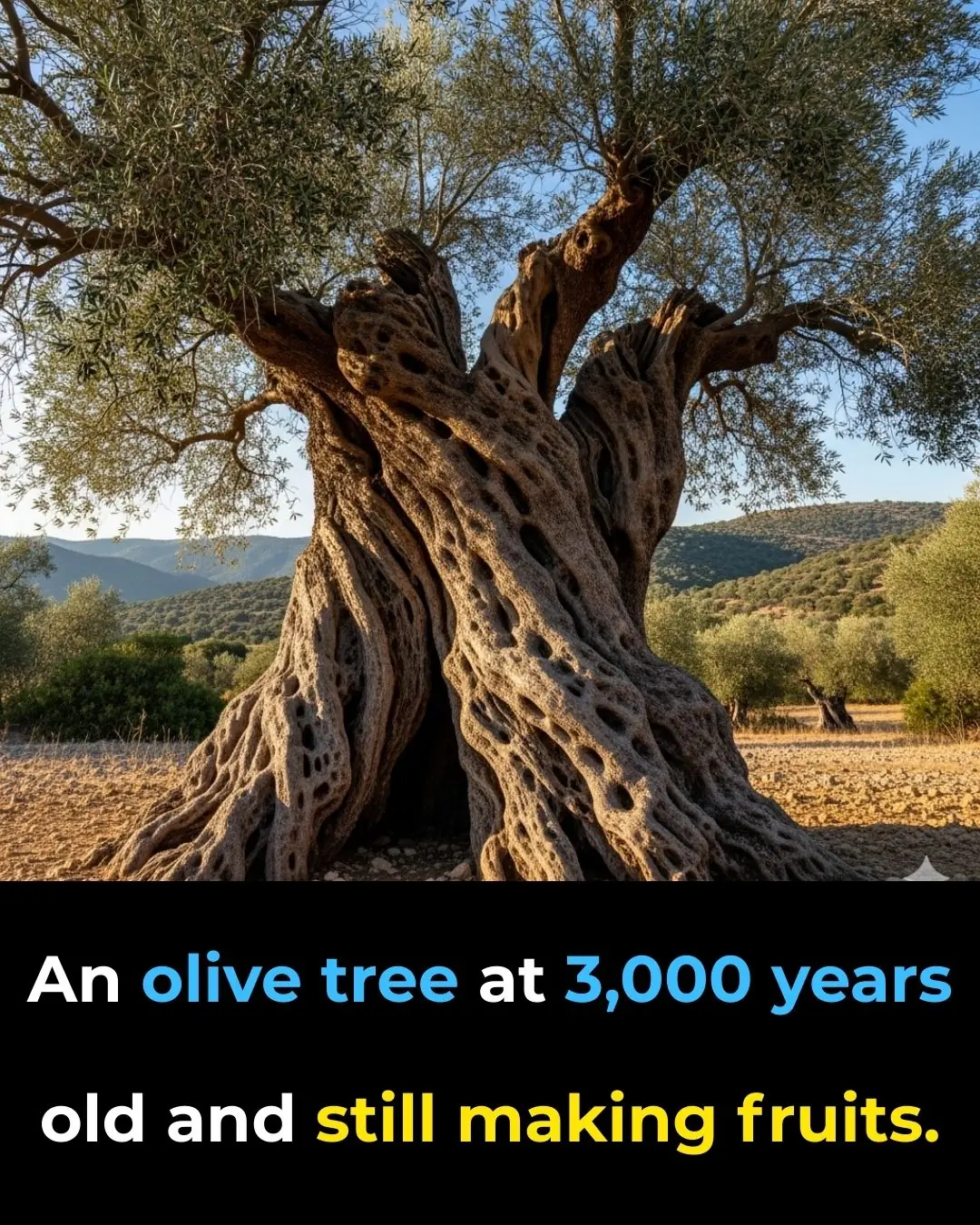
3,000-Year-Old World’s Oldest Olive Tree on the Island of Crete Still Produces Olives Today

Security feature you should make sure is always enabled on your Android smartphone
News Post

Harvard Scientist Claims ‘Hostile’ Object Coming at Us Is Advanced ‘Mothership’ and Issues Warning

Natural Hair Rejuvenation: How to Restore Your Hair Color from Grey to Gorgeous
This DIY remedy provides a comprehensive approach to hair care, nourishing your hair both from within and externally.
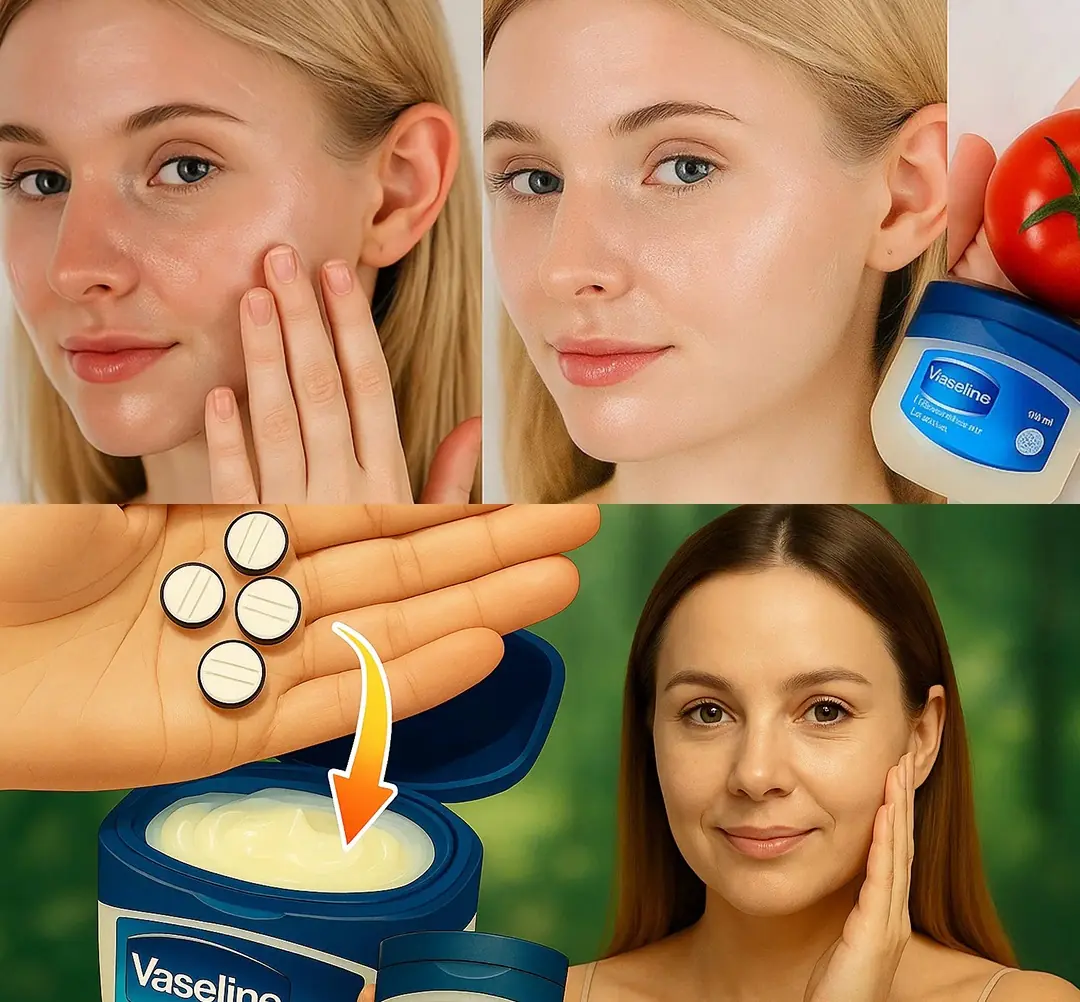
Erase Wrinkles and Dark Spots Naturally With This DIY Aspirin & Vaseline Trick
Adding this natural remedy to your daily skincare routine can help you achieve smoother, younger-looking, and more radiant skin — all without relying on costly treatments.
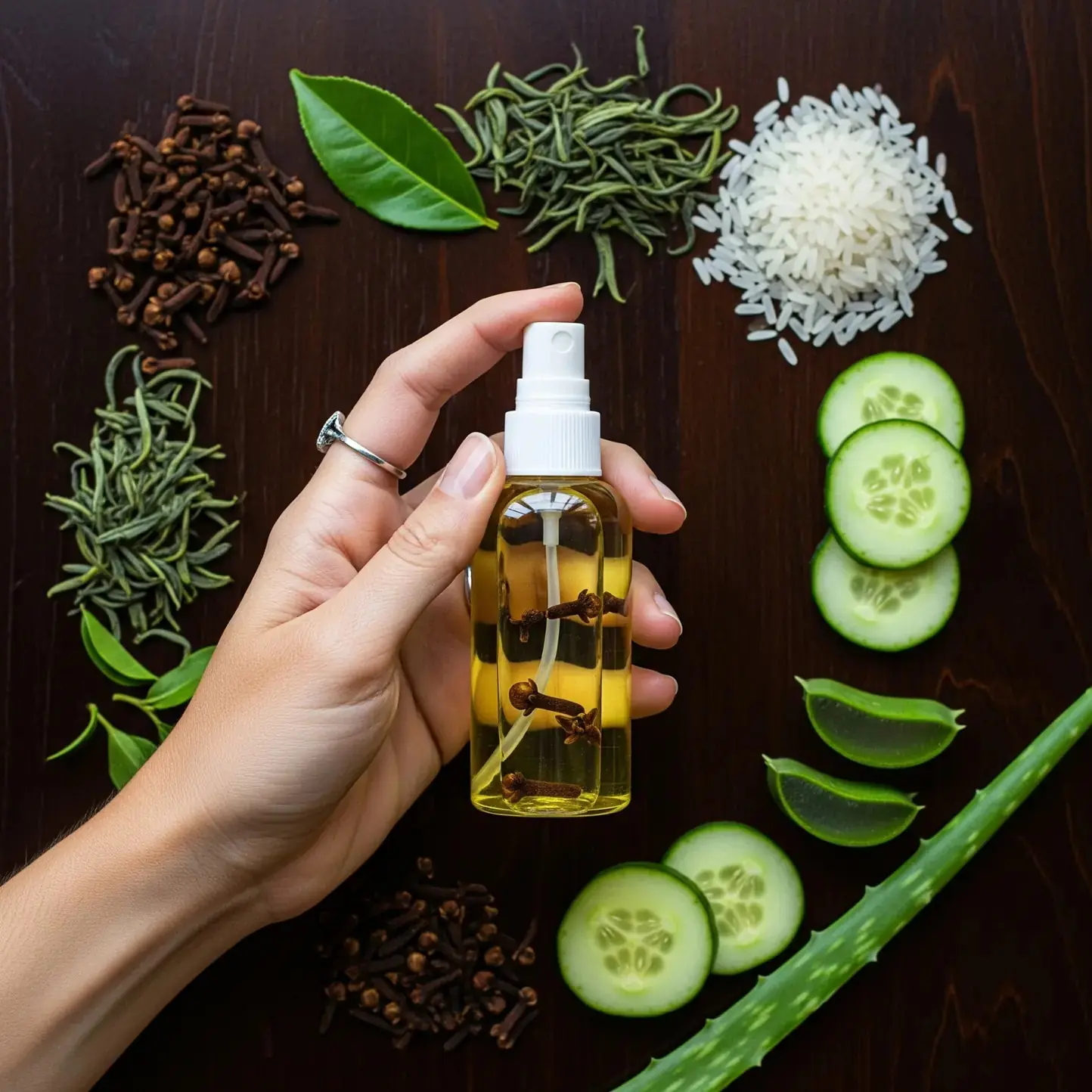
DIY Clove Water Spray That Works Like Botox for Firm and Bright Skin
This homemade clove water spray, enriched with nature’s most powerful ingredients, offers a simple way to achieve firmer, brighter, and more youthful-looking skin — without the need for injections or costly skincare products.
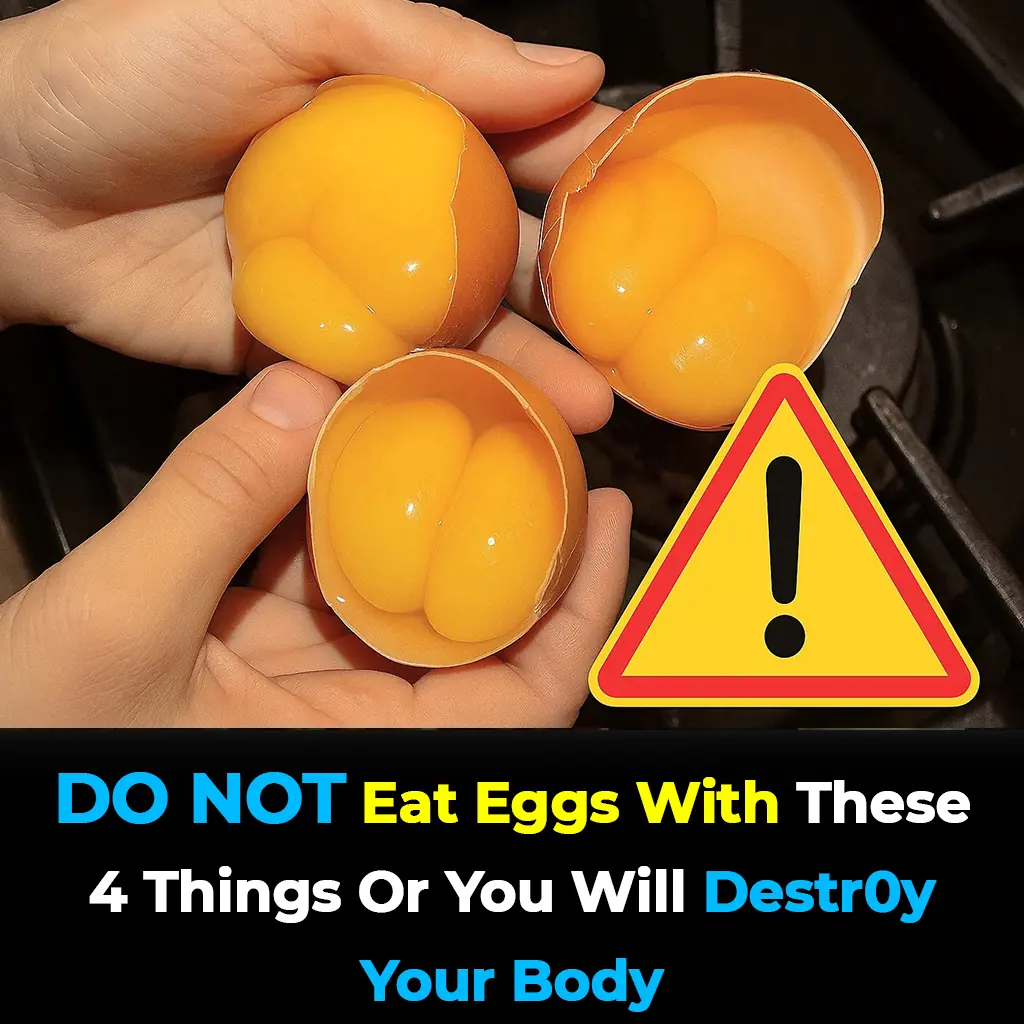
Never Eat Eggs With These 6 Foods — A Dangerous Combination for Your Health
By avoiding these six food pairings and choosing the right cooking methods, you can enjoy eggs as a powerhouse of nutrition without compromising your health.
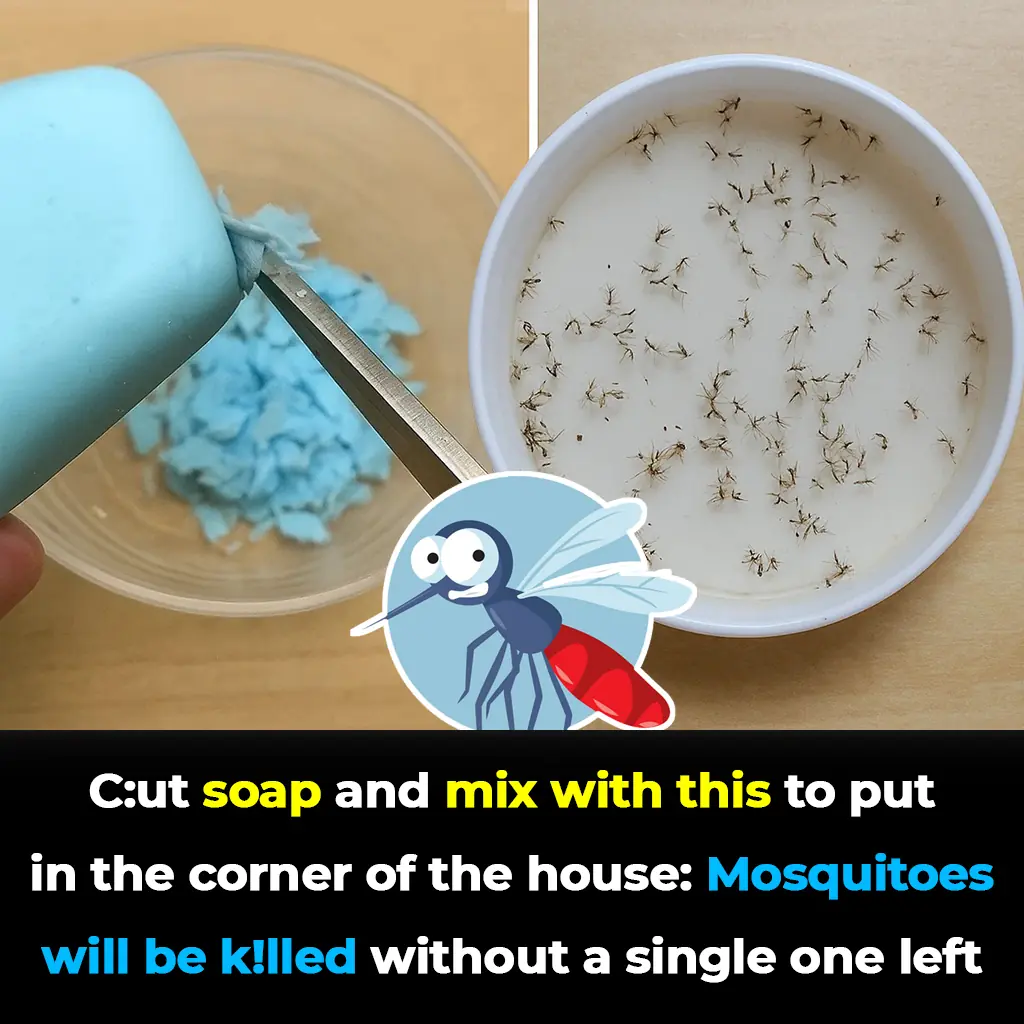
Cut soap and mix with this to put in the corner of the house: Mosquitoes will fly black
With these simple hacks—soap and sugar water, repellent plants, lemon with cloves, and coffee ground smoke—you can protect your home naturally.
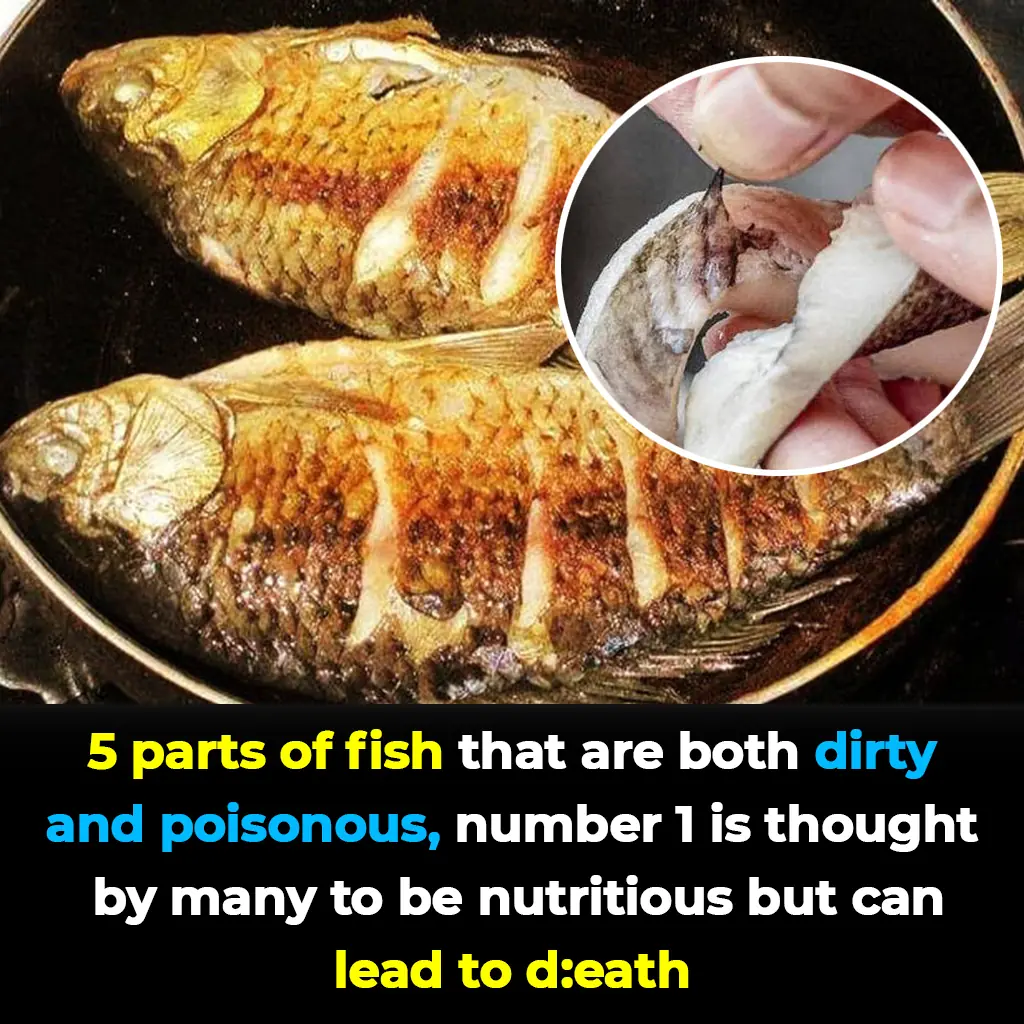
5 Fish Parts You Should Never Eat – The #1 “Nutritious” Organ Could Turn Deadly
Fish remains one of nature’s best superfoods—but only when handled the right way.

Teacher Shocked by Stage 4 Stomach Cancer Diagnosis After Mistaking Sore Throat for a Common Cold – 2 Kitchen "Culprits" Exposed
A sore throat may seem like nothing more than a seasonal annoyance, but sometimes it hides something far more dangerous. That was the devastating reality for a retired teacher in Taiwan who thought his discomfort was due to cold weather—until doctors re

50-Year-Old Man Dies After Eating Leftovers: 5 Foods You Should Never Keep Overnight
Leftovers may seem harmless, but in some cases, they can turn into hidden health risks. A tragic case has recently drawn attention to how certain foods, when stored improperly or left too long, may lead to life-threatening consequences.

3 Morning Urine Signs That Could Signal Silent Kidney Trouble – Don’t Ignore Them
Protecting your kidneys is about more than preserving the urinary system—it is about safeguarding your energy, your heart, and your long-term health.
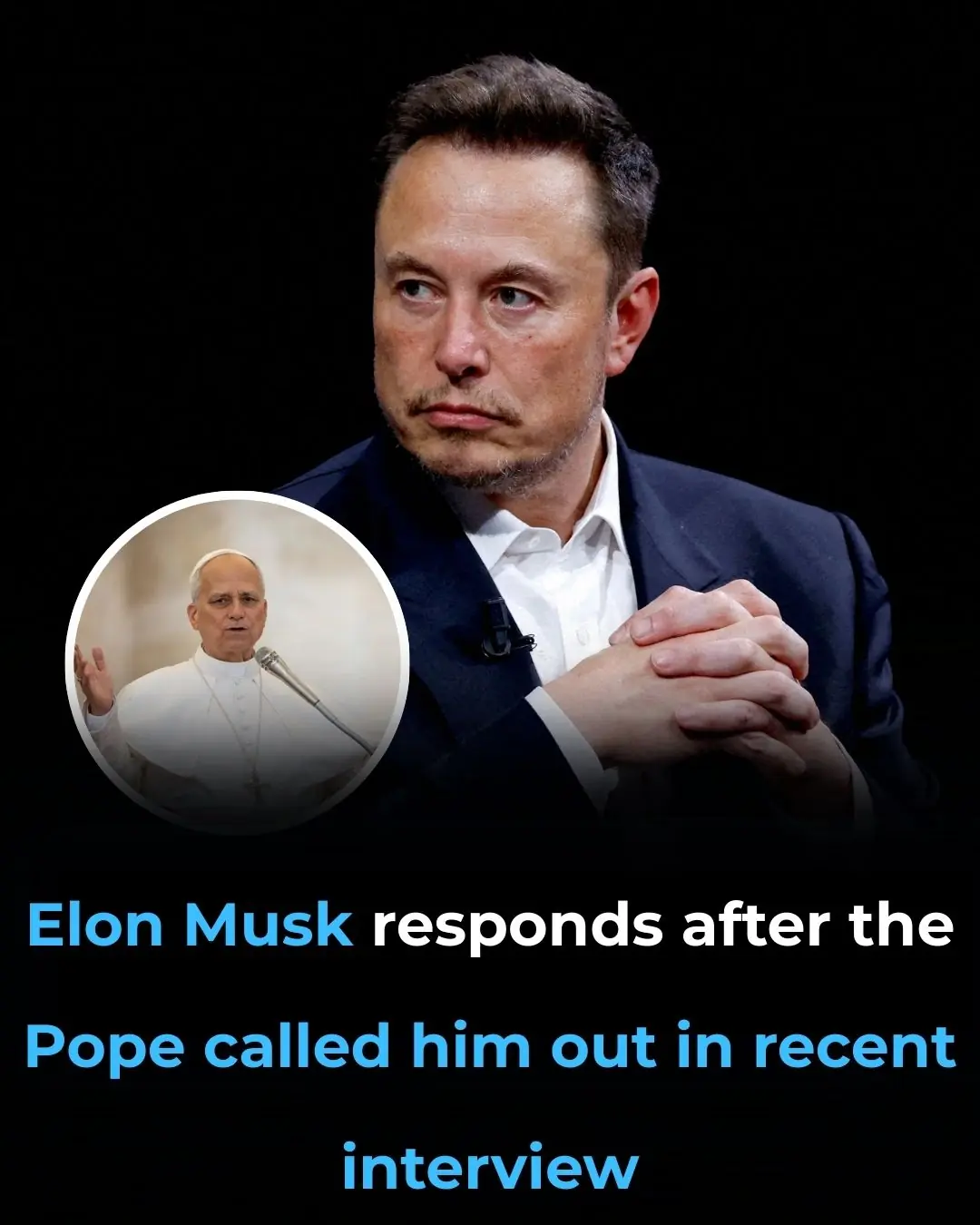
The ultimate battle of faith versus tech

Man caught 'cheering' in crowd after Charlie Kirk killing breaks silence
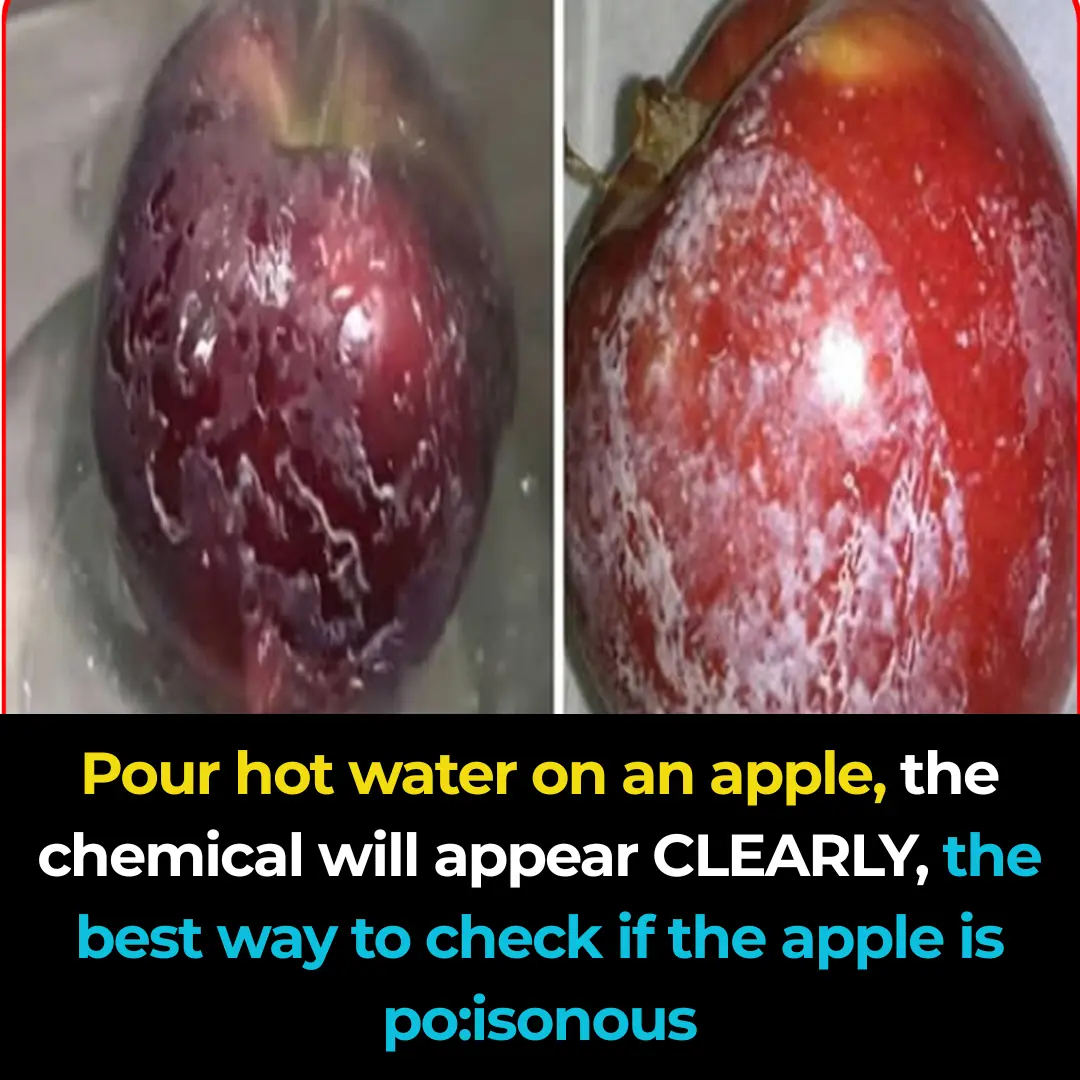
Pour hot water over the apple, the chemicals will become CLEARLY VISIBLE, the best way to check for poisonous apples.

Using an electric kettle to boil water, 9 out of 10 households make this mistake. Be sure to remind your loved ones to fix it soon.

The 8 most power-hungry devices, consuming twice as much as an air conditioner: Remember to unplug them after use, or your bill will skyrocket.
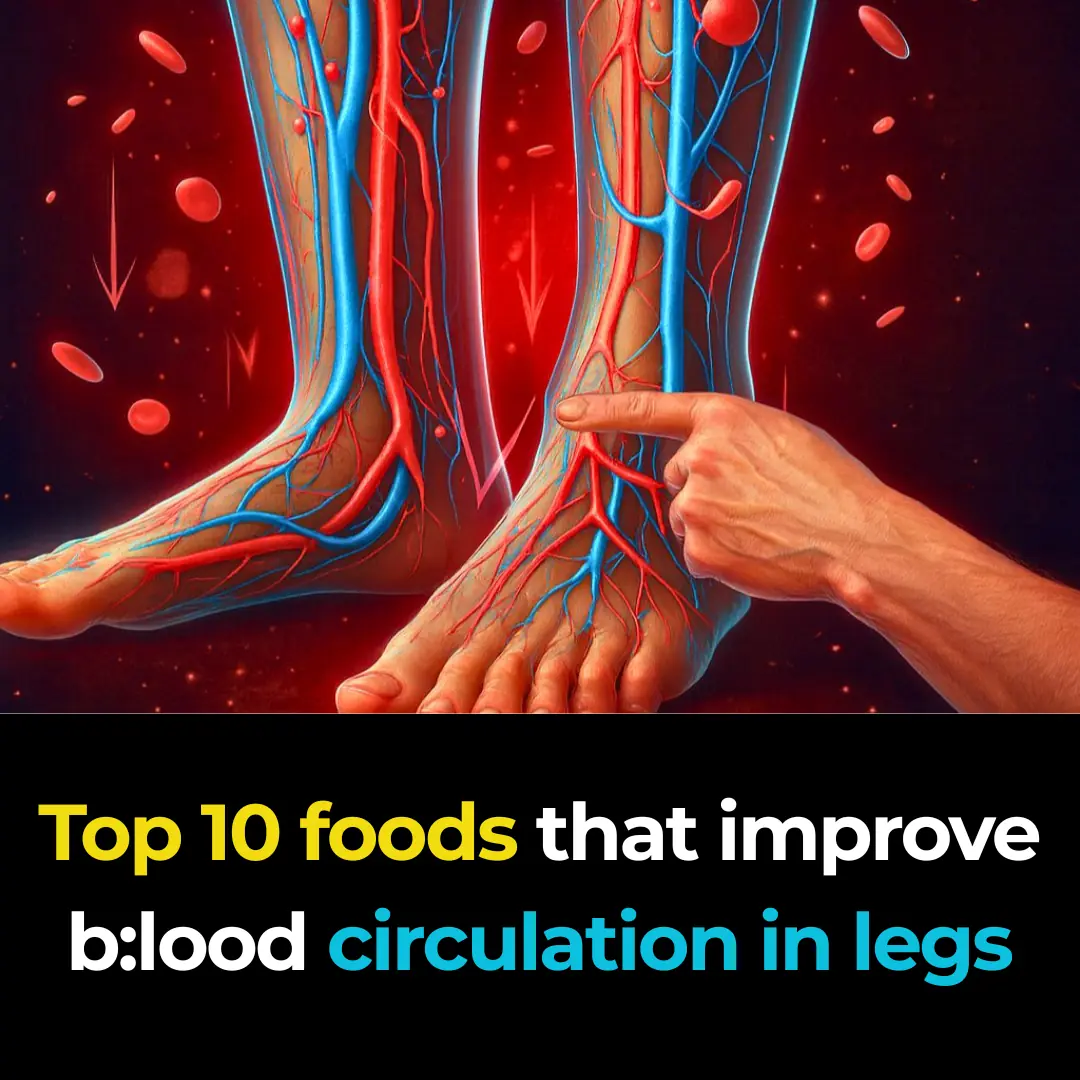
Top 10 foods that improve blo:od circulation in legs

Cardiologist Reveals the #1 Exercise to Prevent a Heart Attack
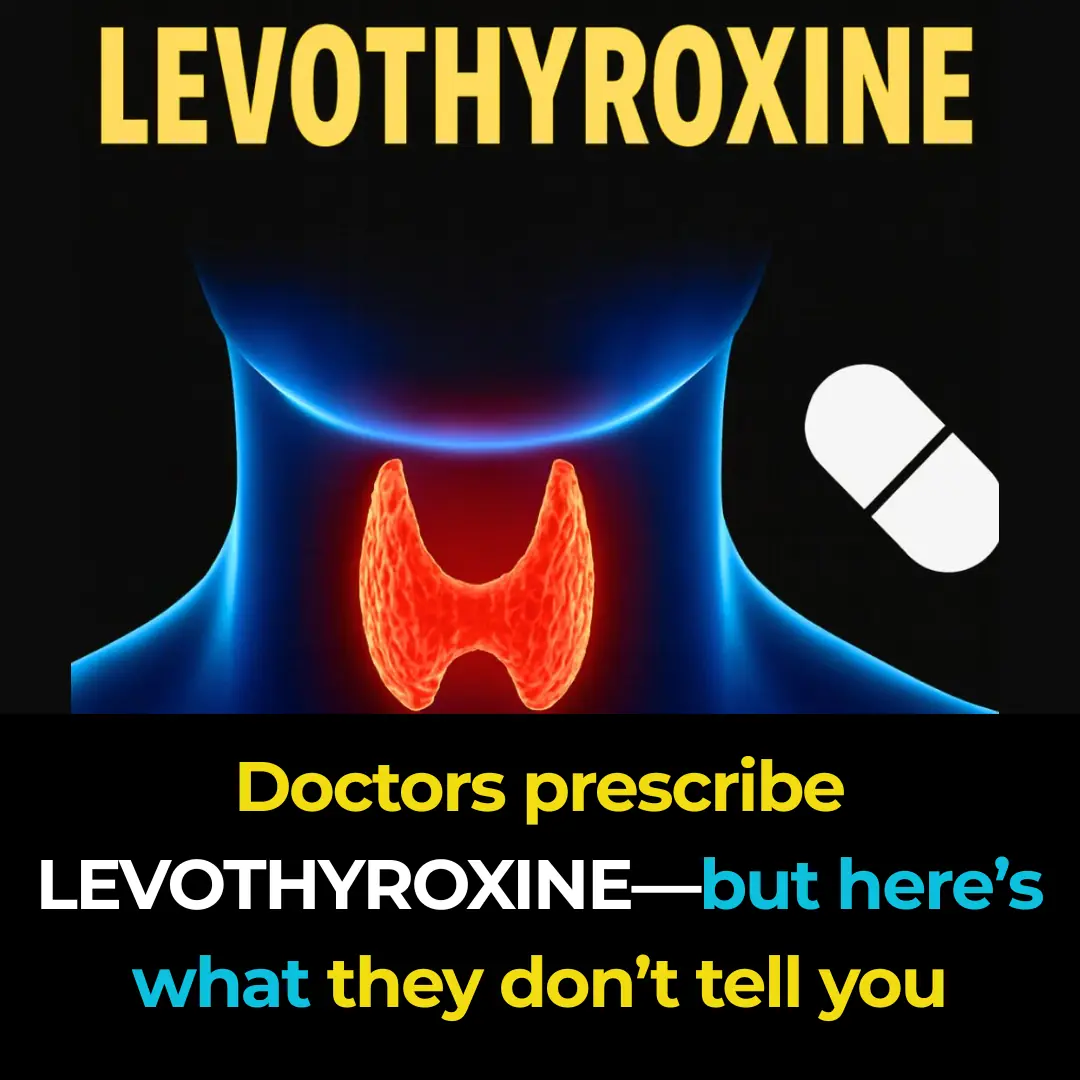
Doctors prescribe LEVOTHYROXINE—but here’s what they don’t tell you
